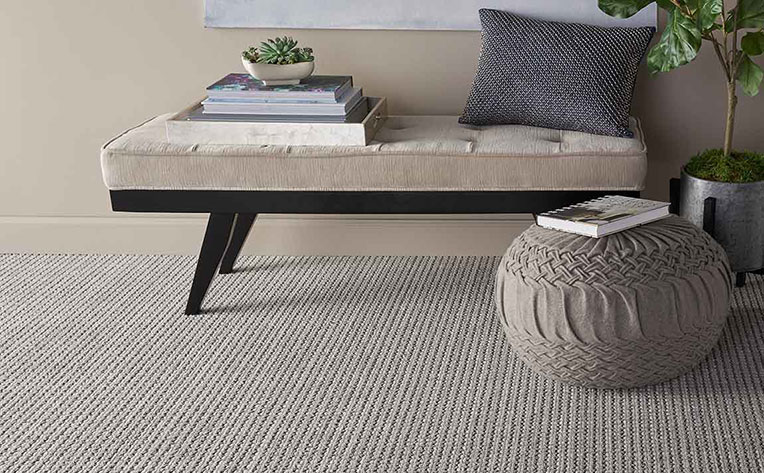7 Elements of Interior Design
Jun 03, 2019
Seven often seems like a magic number, and there’s no exception when it comes to interior design. If you’ve been stuck in a home decor rut, look to the seven elements and principles of interior design for creative inspiration. You might be surprised at how much you can learn by going back to the basics. Just read on to find out for yourself!
7 Elements of Interior Design
What Are the 7 Basic Elements of Interior Design?
As the old saying goes, “The whole is more than the sum of its parts.” The same thing is true for interior design — which is really just an illusion created by balancing different elements effectively.
Think of it like this: learning about the ingredients that go into your favorite recipes will help you master cooking. In the same way, learning about the design elements that go into your favorite styles will help you master decorating.
So what are the seven key elements of interior design? They include:
- Color
- Form
- Light
- Line
- Pattern
- Texture
- Space
Color
Color is more than just an aesthetic choice — it can also influence the entire mood and feeling of a space. For example, most people think of red as a “passionate” or “intense” hue, while blues and greens are usually perceived as “tranquil” or “soothing” and yellow is often associated with words like “happy” and “optimistic.” Think about not only your visual preferences, but also, the sort of energy or attitude you’re trying to cultivate when deciding on a color scheme for your room.

Form
“Form” is simply another term for “shape,” expressing the contours of any artwork, furniture, or other 3-D object you could imagine. Furniture, sculpture, and even rooms themselves can take on two types of forms: organic forms (which are natural and irregular, with curvy or abstract shapes), and geometric forms (which feature sharp, man-made lines and edges, like squares or triangles).

Light
Have you ever cringed at a photograph that was taken in bad lighting? Then you already know the power that lighting has to affect our perception!
Quality lighting is integral to any space, whether its sources are natural, man-made, or some combination of both. When choosing lighting for your room, think about factors like the color of the light (cool blue or warm yellow?), the light intensity (bright for cooking, or soft for reading?), and whether the light should be dimmable.

Comments
Post a Comment